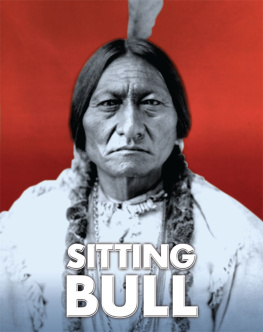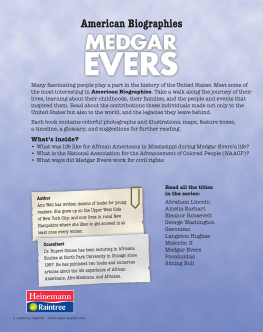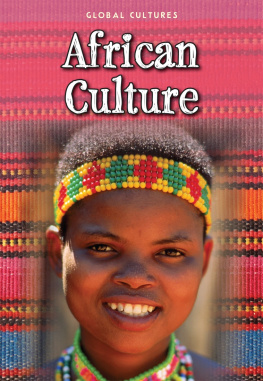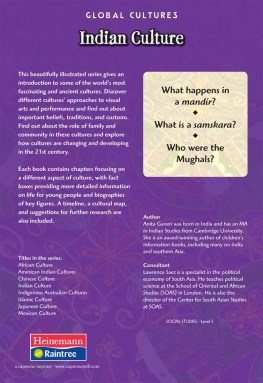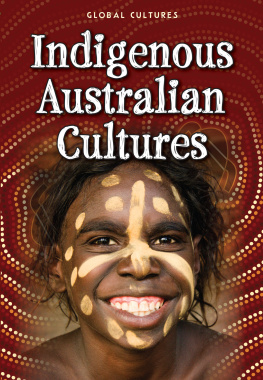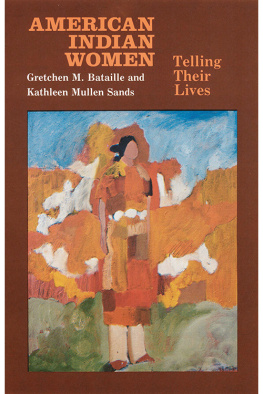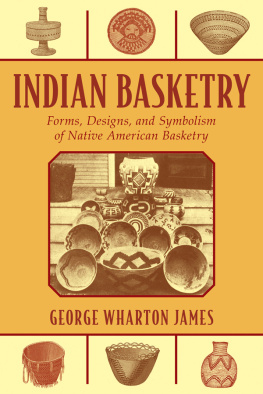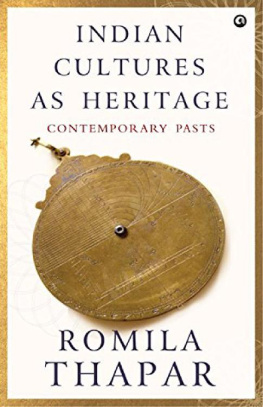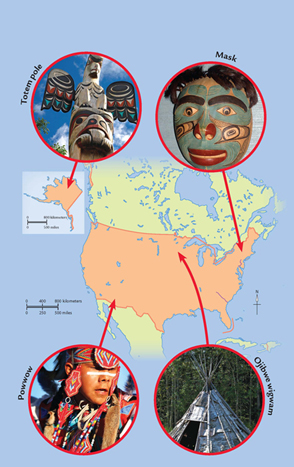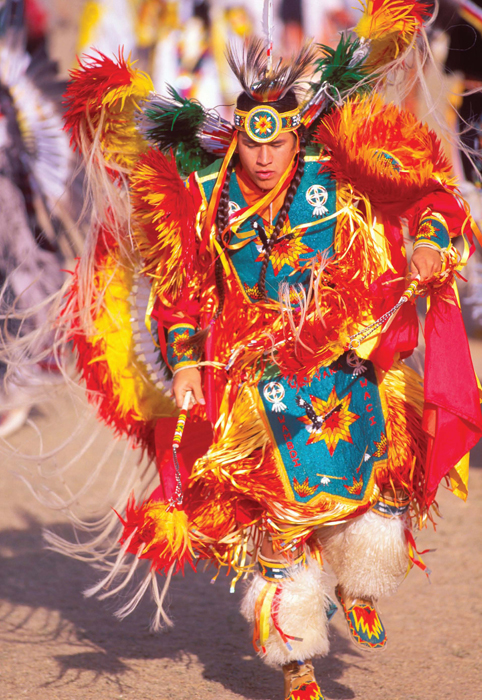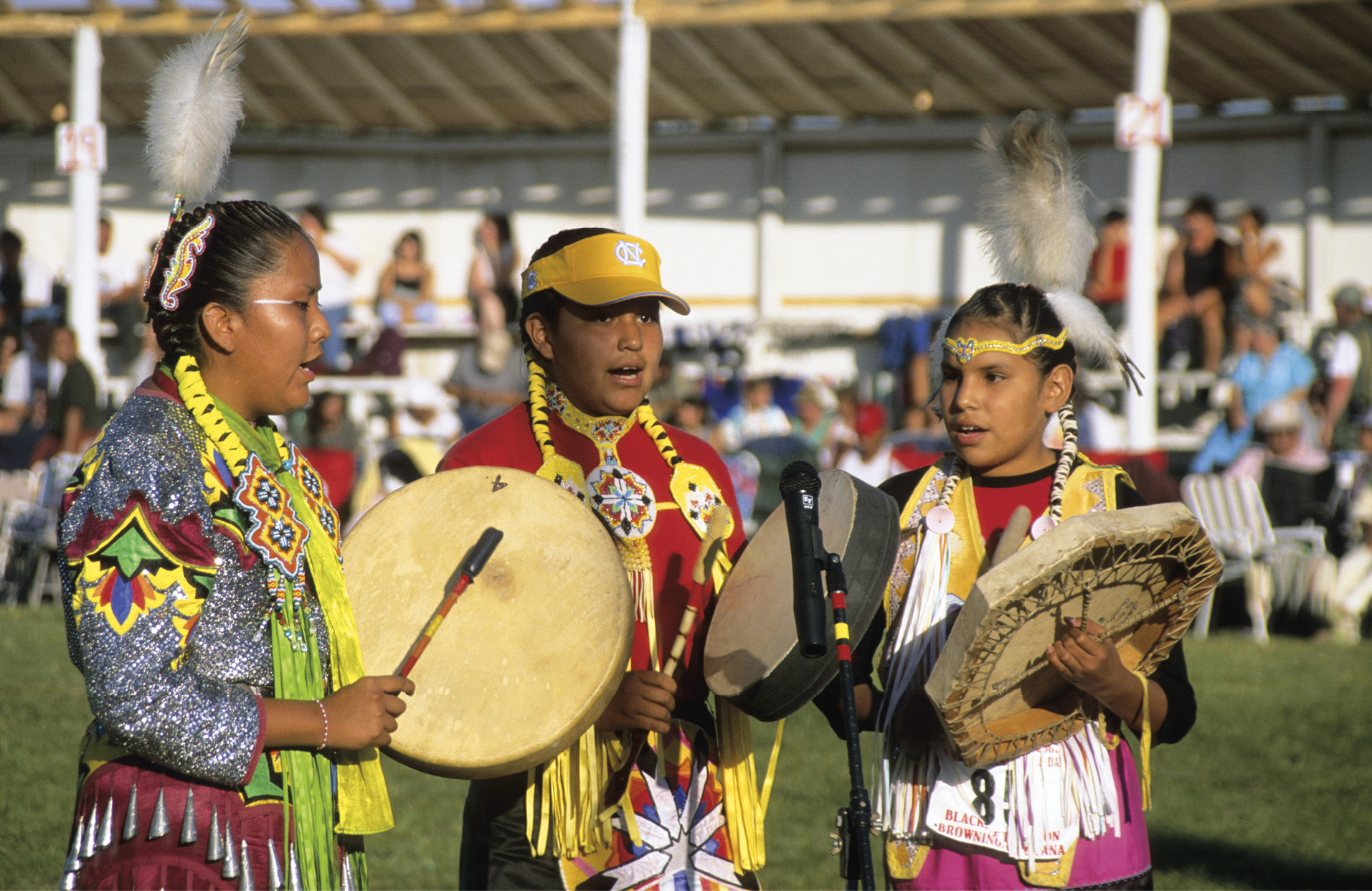FIND OUT MORE
Books
Bruchac, James and Joseph. The Girl Who Helped Thunder and Other Native AmericanFolktales . New York: Sterling, 2008.
First Nations of North America series. Chicago: Heinemann Library, 2012.
Kissock, Heather. American Indian Art and Culture series. New York: Weigl, 2011.
Murdoch, David Hamilton. North American Indian (Eyewitness). New York: Dorling Kindersley,2005.
Websites
www.josephbruchac.com
Visit this website to find out more about Joseph Bruchacs writing and storytelling.
Visit the following websites to find out more about some of the tribes mentioned in this book:
www.blackfeetnation.com
www.cherokee.org
www.choctawnation.com
www.havasupai-nsn.gov
www.kawnation.com
www.lumbeetribe.com
www.navajo-nsn.gov
www.sioux.org
Places to visit
Chippewa Valley Museum, Eau Claire, Wisconsin
www.cvmuseum.com
This museum has information about the Chippewa people.
The Indian Pueblo Cultural Center, Albuquerque, New Mexico
www.indianpueblo.org
Visit this cultural center to find out more about different Pueblo Indian cultures.
Museum of the Cherokee Indian, Cherokee, North Carolina
www.cherokeemuseum.org
Visit this museum to find out more about Cherokee culture.
The Museum of the Red River, Idabel, Oklahoma
www.museumoftheredriver.org
Learn about the Choctaw and Caddo cultures at this museum.
The National Museum of the American Indian Washington, D.C.
www.nmai.si.edu
Visit this museum to find out about the many and varied American Indian cultures.
More topics to research
What topic did you like reading about most in this book? Did you find out anythingthat you thought was particularly interesting? Choose a topic that you liked, suchas food, art, or religion, and try to find out more about it. You could visit oneof the places mentioned above, take a look at one of the websites listed here, orvisit your local library to do some research. Topics to think about include SittingBull and the Battle of the Little Big Horn (1876), the Dawes Act (1887), or how tomake a wigwam!
INTRODUCING AMERICAN INDIAN CULTURES
What do you know about American Indians? Perhaps you have seen a totem pole or aNavajo rug. Perhaps you have heard of certain groups, such as the Cherokee, Sioux,or Apache.
American Indians are an important part of the history and culture of the United States.They lived here long before Europeans invaded, settled, and developed their own flourishingsocieties in North America. From the mid-1800s, the U.S. government forced many AmericanIndians to live on reservations . Today, some choose to remain on reservations, whileothers live in towns and cities across the country.
Did you know?
There are over 500 American Indian tribes in the United States, and American Indiansmake up 1.5 percent of the population. The largest tribal groups include the Apache,Cherokee, Chippewa, Choctaw, Lumbee, Navajo, Pueblo, and Sioux.
What is culture?
Culture includes the values, beliefs, and attitudes of a particular place and people.It is about how people live and worship and about the music, art, and literaturethey produce. American Indians have never thought of themselves as one people withone culture. Each tribe or group developed its own beliefs, customs , languages, clothing,and homes over thousands of years.
This dancer from Tucson, Arizona, is wearing his traditional clothes for a specialcelebration.
FAMILY AND SOCIETY
In different American Indian cultures, families and communities work and live togetherin different ways. For example, the Blackfeet in the northern Plains traditionallylived in a band made up of 80 to 240 people, living in 10 to 30 lodges . Each bandhad a leader who was chosen by the group.
In the southeastern Cherokee culture, there are seven clans . Children become a memberof their mothers clan. The Iroquois Confederacy is made up of six closely relatedtribes with nine clans. Although modern life has affected the way many American Indianslive, people still have a very strong connection to their tribe or nation.
These Blackfeet children live in Montana. The Blackfeet are known to be brave warriorsand excellent hunters.
Mens roles
Traditionally, American Indian men were warriors, diplomats , and hunters. Their mainrole was to protect, heal, and provide for their community. Men were also religiousleaders. They led ceremonies to keep the people in harmony with natural and spiritual forces.
Plains Indians, such as the Cheyenne and Pawnee, depended on buffalo for food, clothes,and other necessities. Men tracked and killed the buffalo. Plains Indians also usedhorses, which had been introduced by the Spanish. Horses meant that people couldtravel over greater distances more easily.
This Navajo boy is holding a coup stick made of cactus wood.
Men also rode into battle. A warriors importance depended on his skill and bravery.The bravest among the warriors carried coup sticks. If they touched an enemy withthe stick, it was considered very brave. A notch was carved into the coup stick torecord this bravery.
Womens roles
American Indian women have always gathered wild seeds, berries, and roots for food.They also look for herbs, which are used for healing. They know where to find theseplants in the areas they live.


